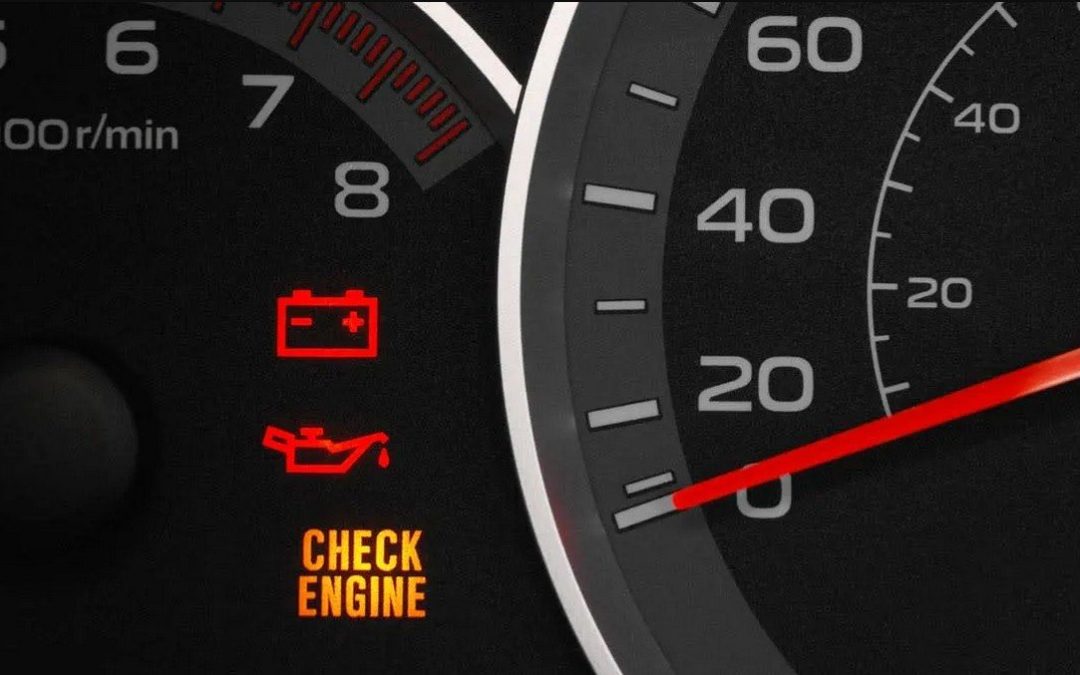Although most of us aren’t well-versed when it comes to identifying issues in our vehicles, one thing we know for sure is a check engine light. It is common knowledge that a check engine light indicates a problem in your vehicle that needs your attention. This gets complicated when you don’t notice any apparent signs of a problem but the light turns on.
So, what do you do in this situation? The best thing to do in such instances is to visit an auto-repair expert such as Grandview Tire to do the rest. Nevertheless, this blog will hand out some information on what a check engine light could mean.
How do they work?
The check engine light, also known as a Malfunction Indicator Lamp, has been designed to detect any problems in your vehicle. The sensors connected to the computer system in your vehicle help to essentially sense an issue and alert the driver immediately. It stores a trouble code to detail the issue. But these codes don’t specify the exact repair required.
An auto-technician will read the computer code to find which area got affected and run a diagnostic test to identify if the sensor is bad, if there’s clogging in the passages or if any specific component has been affected. The technician will identify the source of the issue and inform you about the best repair solutions available.
What’s your role?
A flashing check engine light means your car’s engine has serious trouble. A steady light indicates a less urgent issue that can be taken care of. Your check engine light doesn’t always indicate a major issue. You should know that it could even turn on for simpler problems such as a loose gas cap.
Hence, prior to rushing to a mechanic, check to see if your cap is loose and secure it. Check if the light goes off in a while. Try to notice what’s unusual with your car, whether the engine is rough, ride seems unsteady, or if you hear strange noises when you start the car. If you can manage to give the necessary details to the mechanic, it’s easy for them to start diagnosing the problem.
Final thoughts:
Even if your check engine light doesn’t turn on, always choose to get your periodic preventive maintenance to avoid uncertain trouble while on the road. There could be problems underlying your vehicle that the sensors might not catch up on. It’s safer for the driver and the passengers if the vehicle is inspected at regular intervals to detect any repair in its early stages.

